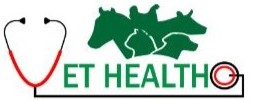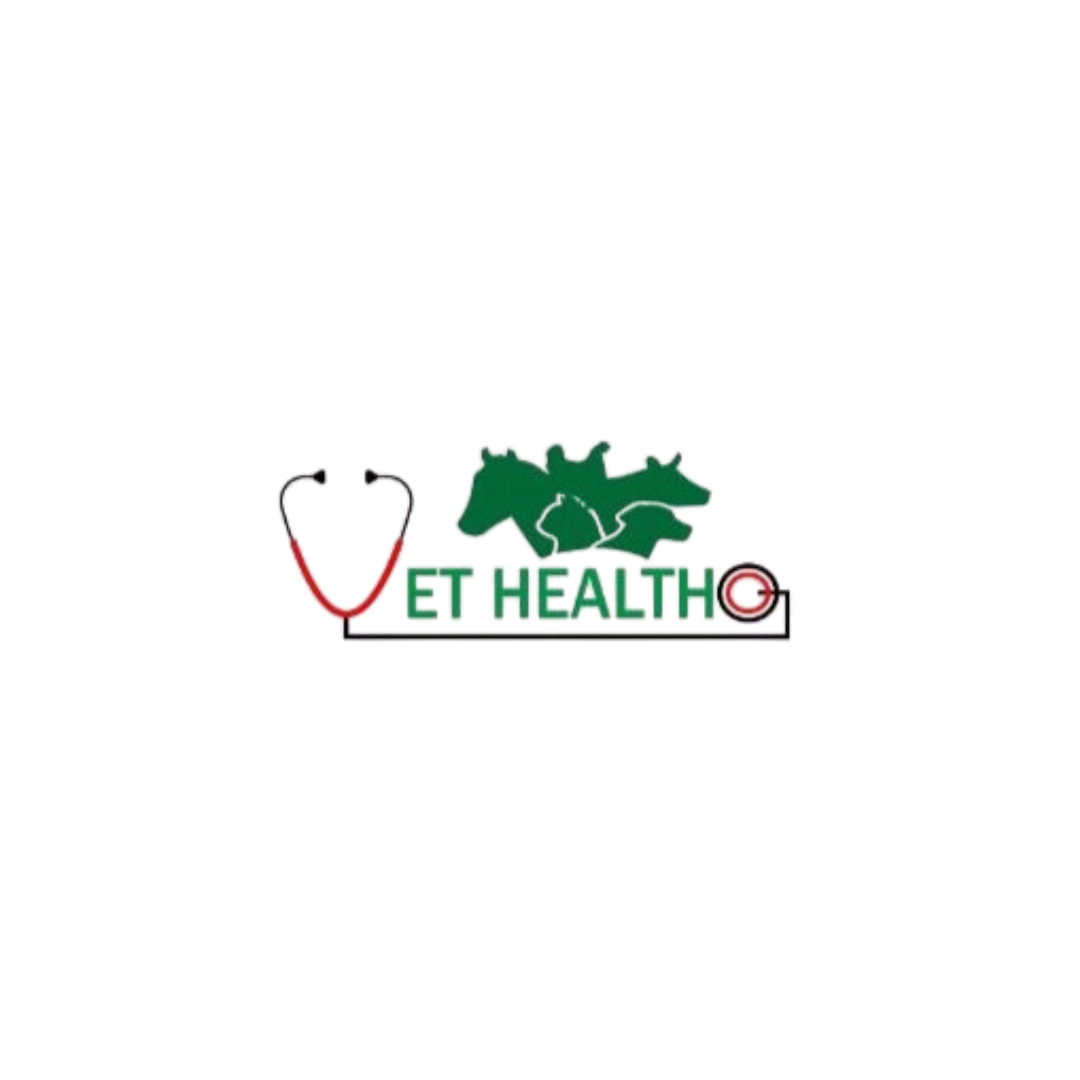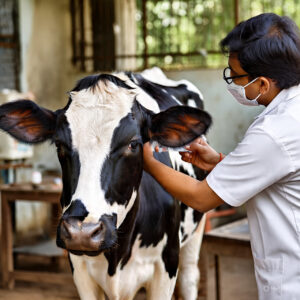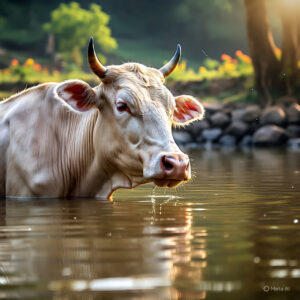🐄 Introduction
Cow birth issues are common in dairy farming and can lead to serious risks for both the cow and calf. Recognizing early signs and getting timely treatment is essential for safe calving and better livestock health.
Birth in cows is a natural process. However, complications are common and may threaten both cow and calf. Understanding birth-related problems is vital. Early identification and veterinary support help reduce risks.
This guide outlines common birth-related problems. It also includes signs, causes, and treatment suggestions.
🐄 1. Dystocia: A Major Cow Birth Issue
Dystocia refers to prolonged or difficult labor. It is one of the most serious birthing problems in cows.
Causes:
- Calf too large
- Incorrect fetal position
- Weak uterine contractions
- Narrow birth canal
Symptoms:
- Cow straining without progress
- Long labor exceeding two hours
- Visible calf parts not progressing
Treatment:
- Call a vet immediately
- Manual assistance or C-section if needed
- Monitor for infections post-delivery
🐄 2. Retained Placenta in Cow Birth
The placenta usually passes within 12 hours after birth. If it stays longer, it is a retained placenta.
Causes:
- Poor nutrition
- Dystocia
- Premature birth
- Low immunity
Symptoms:
- Foul smell from vulva
- Placenta hanging from cow
- Cow becomes dull or loses appetite
Treatment:
- Do not pull the placenta manually
- Administer antibiotics as prescribed
- Give calcium and multivitamin supplements
🐄 3. Vaginal and Uterine Prolapse: Serious Cow Birth Issues
Prolapse occurs when parts of the uterus or vagina come outside the cow’s body.
Types:
- Vaginal prolapse before delivery
- Uterine prolapse after birth
Causes:
- Low calcium levels
- Weak pelvic muscles
- Difficult calving
Symptoms:
- Pink mass outside vulva
- Excessive straining
- Signs of pain or shock
Treatment:
- Keep exposed tissue clean
- Call a veterinarian urgently
- Use antiseptic solution and sugar dressing
🐄 4. Cow Birth Issues: Milk Fever After Delivery
Milk fever is a metabolic disease. It occurs mostly in high-yielding cows after calving.
Causes:
- Low calcium levels post-birth
- Hormonal imbalance
- Improper feeding during pregnancy
Symptoms:
- Cow unable to stand
- Cold ears and legs
- Depression and dull eyes
Treatment:
- Intravenous calcium injection
- Keep the cow warm
- Prevent with mineral-rich feed before calving
🐄 5. Metritis: Infection After Cow Birth
Metritis is an infection of the uterus. It happens after difficult calving or retained placenta.
Causes:
- Bacteria entering after birth
- Dirty birthing environment
- Manual interference
Symptoms:
- Foul-smelling discharge
- Fever and loss of appetite
- Reduced milk yield
Treatment:
- Antibiotic therapy
- Maintain hygiene around the animal
- Provide supportive nutrition
🐄 6. Stillbirth: A Critical Cow Birth Risk
Stillbirth is when the calf dies just before, during, or shortly after birth.
Causes:
- Dystocia
- Premature detachment of the placenta
- Umbilical cord compression
Symptoms:
- Cow shows full labor but no live calf
- Calf delivered but not breathing
- No movement in the womb before birth
Treatment/Prevention:
- Regular pregnancy checkups
- Balanced feeding during pregnancy
- Timely veterinary assistance during labor
🐄 7. Abortion and Premature Birth in Cows
Sometimes, cows deliver calves too early. The calves may be weak or dead.
Causes:
- Infections like brucellosis or leptospirosis
- Toxins in feed
- Trauma or stress
Symptoms:
- Aborted fetus
- Vaginal bleeding
- Behavioral changes before delivery
Treatment:
- Identify the disease cause
- Vaccinate cows on time
- Isolate affected animals
🐄 8. Twin Births and Cow Health Risks
Twin births can increase complications for the cow and calves.
Challenges:
- Higher risk of retained placenta
- Lower survival of both calves
- Cow may suffer from weakness
Management Tips:
- Provide extra nutrition
- Monitor labor carefully
- Help cow bond with both calves
🐄 9. Weak Calf Syndrome After Cow Birth
Some calves are born weak and fail to stand or suckle.
Causes:
- Poor maternal nutrition
- Disease during pregnancy
- Difficult birth
Symptoms:
- Calf unable to stand
- No sucking reflex
- Cold body and shallow breathing
Treatment:
- Provide colostrum within 1 hour
- Keep calf warm and dry
- Give glucose and electrolytes
🐄 10. Postpartum Hemorrhage: Deadly Cow Birth Issue
Bleeding after delivery can become life-threatening for cows.
Causes:
- Uterine rupture
- Manual placenta removal
- Blood vessel damage
Symptoms:
- Excessive bleeding from vulva
- Pale gums and cold ears
- Sudden collapse
Treatment:
- Apply pressure to stop bleeding
- Call vet immediately
- Give IV fluids if needed
🐄 Preventive Tips for Cow Birth Issues
- Ensure balanced nutrition during pregnancy
- Regular veterinary checkups
- Provide clean, dry calving space
- Monitor labor signs early
- Train farm workers to handle emergencies
- Use clean gloves during assistance
- Deworm and vaccinate cows regularly
- Avoid breeding heifers too early
🐄 When to Call a Vet During Cow Birth Issues
- Labor exceeds 2 hours without progress
- Calf stuck or abnormal position
- Heavy bleeding after calving
- Cow not standing within 4 hours
- No placenta discharge in 12 hours
Quick veterinary support can save both mother and calf.
In conclusion, cow birth issues are preventable and manageable with proper care, nutrition, and timely veterinary help. Early action can reduce risks and ensure both cow and calf remain healthy.
There doesn’t seem to be anything here. – Merck Veterinary Manual




